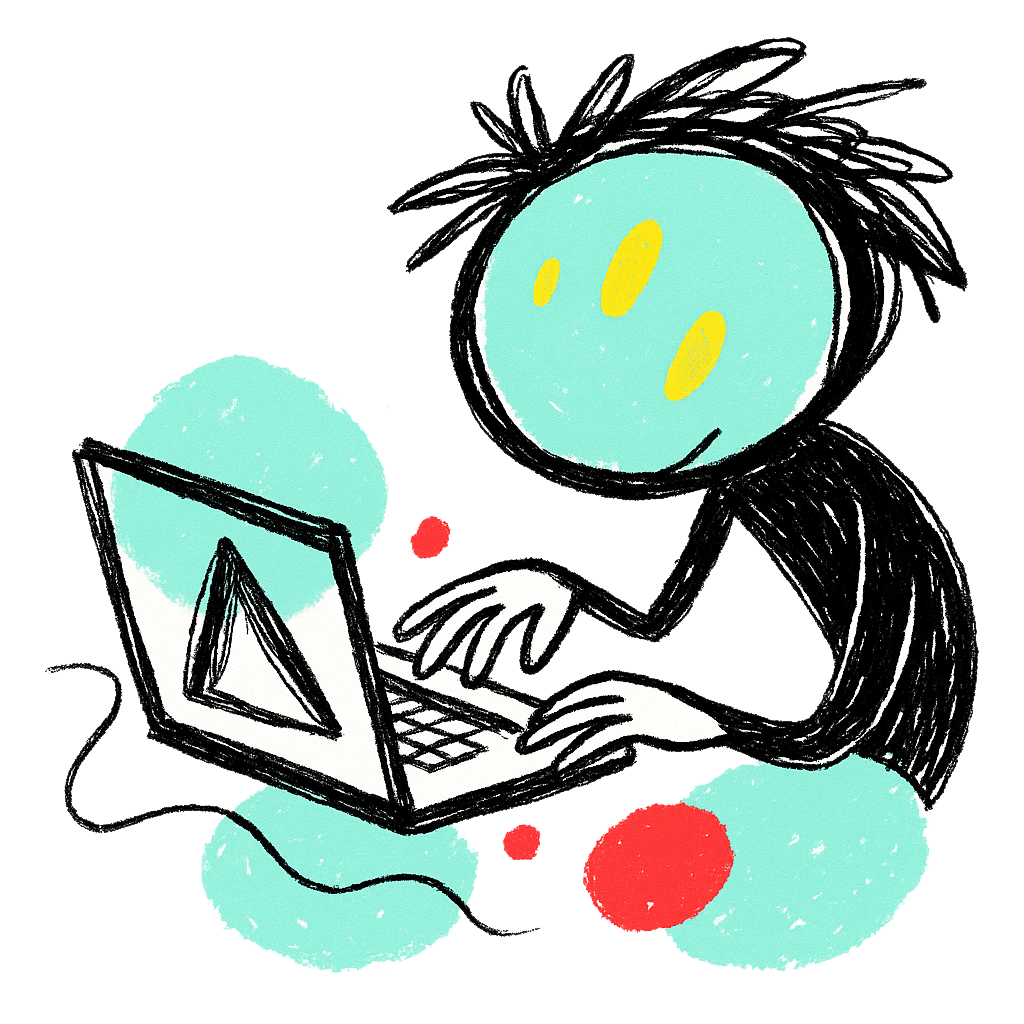The Glass Hammer and the Human Touch

In a world where AI writes poems, composes symphonies, and generates lines of code faster than we can blink, it’s tempting to imagine a future where programmers are simply no longer needed. But that future, despite the hype, is far from arriving. Inspired by the thoughtful work of Ted Chiang, whose writings on artificial intelligence (notably in The New Yorker) dissect the assumptions behind our tech myths, this article explores why the human programmer still matters—and always will.
Chiang argues that AI is less like a mind and more like a compression algorithm—a powerful, fast, and sometimes confounding tool, but not an intelligent being. In his essay “Will AI Become the New McKinsey?” he writes: “Think of ChatGPT not as a mind but as a blurry JPEG of all the text on the web.” That image is as poetic as it is precise: what AI offers is a hazy, approximate reproduction of existing patterns, not genuine understanding or intention.
This distinction matters. Coding is not just typing; it’s thinking. While tools like Cursor, Claude Code, and Gemini CLI can autocomplete functions or scaffold applications, they do so based on patterns—not context. They don’t understand your product vision, the nuance in user experience, or the trade-offs that emerge in a sprint planning meeting. They are brilliant assistants, not creators. They are magnifying glasses, not architects.
And yet, it would be a mistake to ignore these tools. AI is no longer optional in the day-to-day practice of software development. From autocompleting boilerplate to generating tests, summarizing PRs, or even debugging spaghetti logic, AI has woven itself into our workflows. Programmers who refuse to adapt will not be replaced by AI—but they may be replaced by other programmers who have learned to use AI effectively.
This is the key distinction often lost in alarmist headlines: AI isn’t replacing developers. It’s reshaping development. It’s making good programmers faster, and fast programmers better. Those who embrace the shift will likely spend less time doing tedious tasks and more time focusing on architecture, collaboration, and innovation. Those who resist may find themselves outpaced—not by machines, but by peers.
In this new landscape, the human touch becomes more—not less—important. Understanding user behavior, thinking critically about data, collaborating with non-technical teams, and exercising ethical judgment: these are all areas where AI is simply not equipped to shine. If anything, the rise of AI enhances the value of distinctly human traits.
We should stop imagining the programmer as a keyboard monkey easily replaced by a language model and start recognizing the true nature of programming: it is as much art as it is science. It’s not about writing loops—it’s about solving problems. And AI, for all its capabilities, doesn’t know what the problem is until a human defines it.
Ted Chiang’s ideas offer a useful lens: don’t view AI as a synthetic mind but as a powerful mirror. One that reflects our own biases, assumptions, and possibilities back at us. It’s not here to dethrone us. It’s here to challenge us.
The future doesn’t belong to AI. It belongs to the programmers who understand how to wield it.
